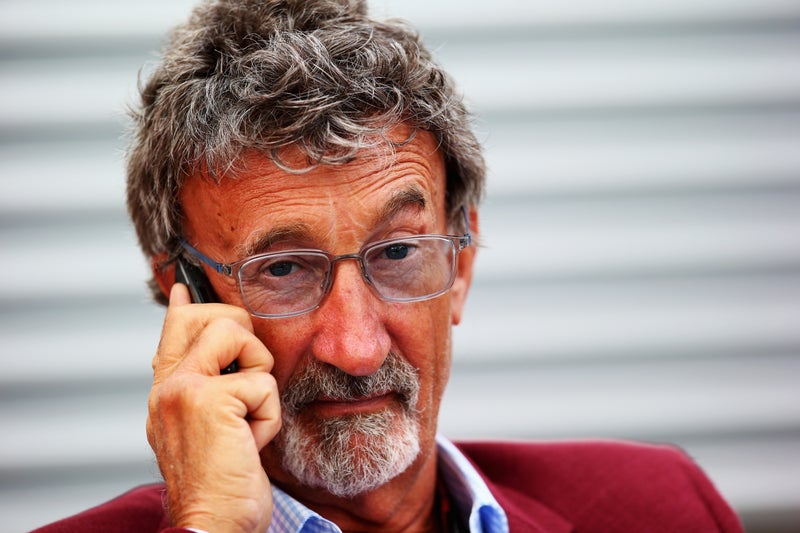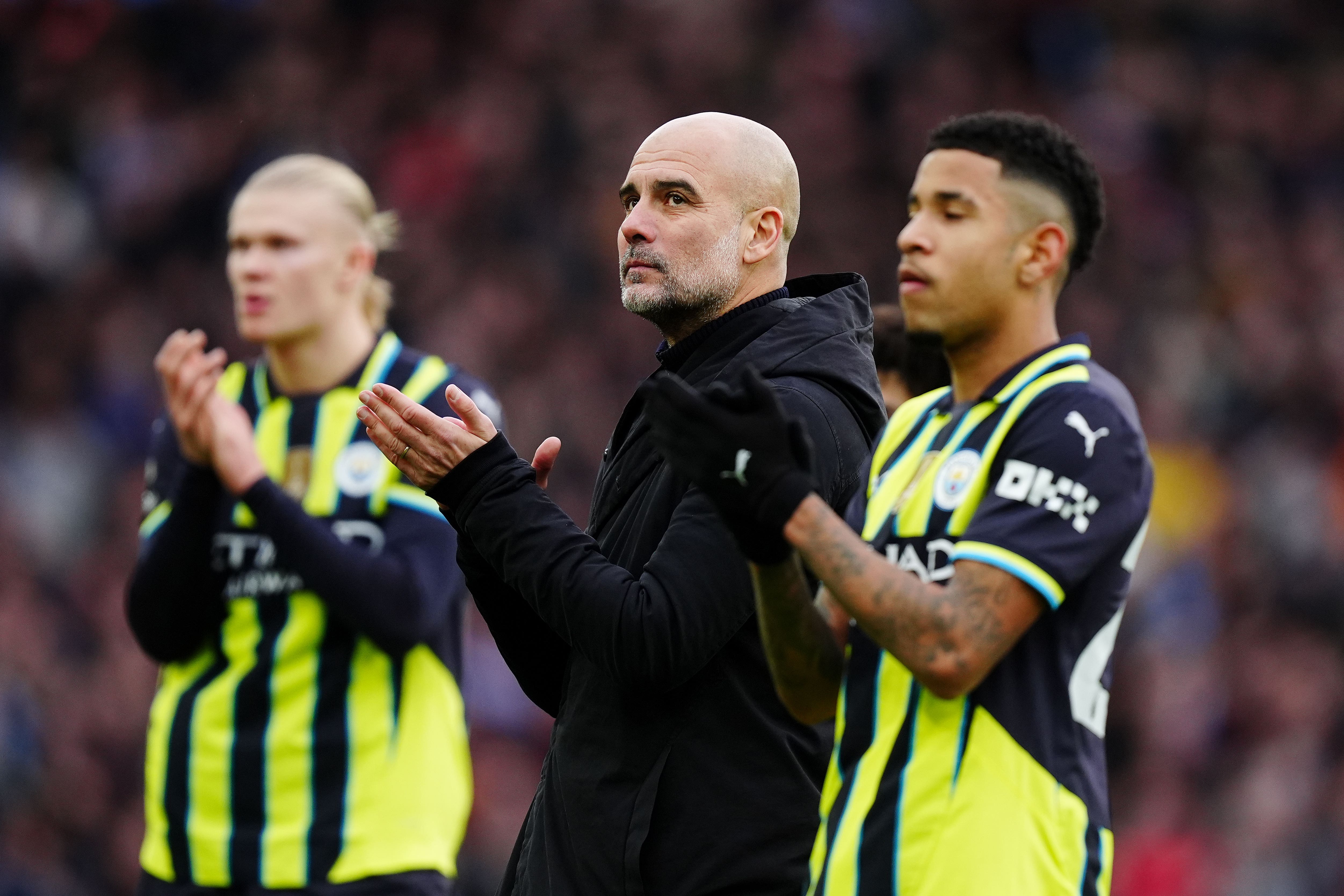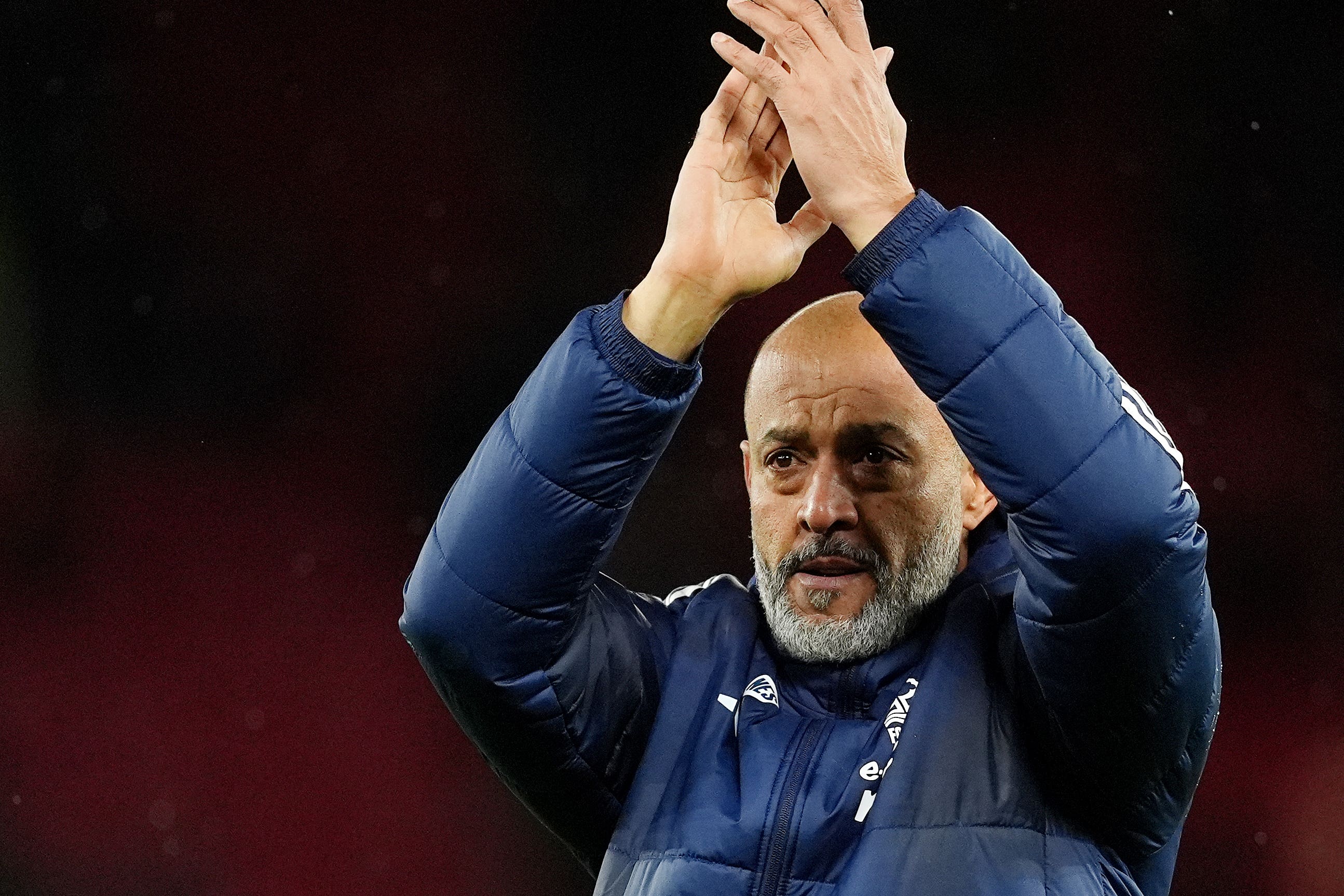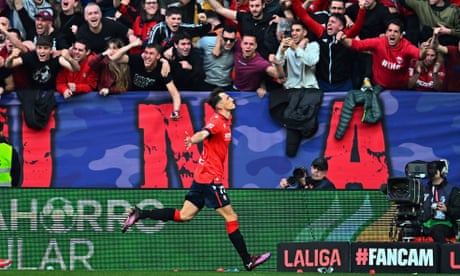Shamrock Rovers are one win from history in Europe while League of Ireland clubs are thriving after Covid and Brexit. Something special has been brewing in Irish football. On Thursday, Shamrock Rovers have the chance to become the first Irish side to reach the last 16 of a European competition when they host Molde in their Europa Conference League playoff second leg, with a 1-0 advantage.
![[Mason Melia (right) in action for Ireland against Spain during the 2023 European Under-17 Championship]](https://i.guim.co.uk/img/media/19ac8b69dabc9182ef6590177fd0cc9a7ce00613/0_278_4000_2401/master/4000.jpg?width=445&dpr=1&s=none&crop=none)
On Sunday the League of Ireland’s attendance record was smashed, as more than 33,000 people watched Bohemians v Shamrock Rovers at the Aviva Stadium. Last month Mason Melia, a teenage St Patrick’s Athletic striker, was signed by Tottenham for an up-front fee of €1.8m (£1.5m), tripling the transfer-fee record from the League of Ireland (Liam Scales’s €600,000 move to Celtic in 2021).
Just what is going on? Why is it now that League of Ireland teams are going deep into European competition, or domestic games are becoming so well attended? Why are clubs now able to demand record fees?. Melia’s fee is an exceptional one – mostly because he is an exceptional player – but also due to a confluence of other factors. The biggest reason is Brexit, which means Irish players cannot sign for English clubs until they are 18 years of age (despite already committing to Spurs, Melia will remain at St Patrick’s until January 2026, past his 18th birthday). Evan Ferguson’s move to Brighton in 2021 is the last example of a player younger than 18 moving from the League of Ireland to England in the records.
Traditionally, exceptional young Irish players such as Ferguson, Damien Duff and Robbie Keane would be snapped up on the cheap by British clubs before or on their 16th birthday, often with just a compensation fee to be paid. Brexit means this is not possible, so the 16-year-olds are signing professional deals with their League of Ireland clubs, meaning British clubs are now having to pay much larger sums to bring talent across the Irish Sea. At 16, Melia signed a three-year professional deal at St Patrick’s last year and less than six months later Tottenham paid up.
“The situation in Ireland is new, that the best young talent has to stay in Ireland if they want to go to the UK,” says Clive Clark, Melia’s agent and uncle. A former Republic of Ireland international, Clark understands the changes all too well, having left County Wicklow in 1996 aged 16 to join Stoke. “When we sat down with St Patrick’s, they offered Mason a really good contract for his age, with incentives. But the whole thing was there to give the club that extra year to command a better fee, which is fair.
“There’s no problem staying in Ireland and playing men’s football because every club in the UK is trying to get their players out on loan to play men’s football and it’s becoming increasingly difficult. Mason is getting huge exposure [by staying in Ireland] but also getting that dressing-room feel for men’s football, playing in Europe and playing in front of a crowd.”.
Owing to Ireland’s membership of the EU, Irish players can move abroad to a club on the continental mainland at 16, and clubs across Europe are starting to realise that they can now steal a march on their British counterparts. “They never really looked in Ireland previously because the best young talent were going over to the UK for next to nothing,” Clark says. “But that has changed. Mason is a unique talent in that there are not many centre-forwards of his calibre in Europe. There must have been nearly 100 phone calls from clubs all over Europe inquiring about his availability from the six months before he was 15.”.
As demand has surged, so have the prices. With Irish teams going deeper into European competition, and the Republic of Ireland Under-17s reaching their European Championship quarter-final in 2023, those players have also become easier to scout. Two members of that Euros squad, Naj Razi and Ike Orazi, have since, respectively, moved to Como in Italy and Stade de Reims in France for considerable fees.
The ability to sign top young professional talent in the League of Ireland has been beneficial all around, with the enhanced quality of football helping to drive the considerable rise in attendances. The record Aviva Stadium crowd of 33,208 might be something of an anomaly – with Bohemians renting the national stadium for a one-off game – but are symptomatic of a larger trend.
“After the pandemic, I think people wanted to get out there and experience something,” the Shamrock Rovers chief executive, John Martin, says. “The English Premier League in Ireland is huge, but there’s now a disconnect with the finances. Watching it is expensive, on TV or travelling to the UK – it’s less accessible for people, with the cost of travel, tickets and hotels. So I think that’s led a lot of people to turn to the domestic game and experience something and be part of something. And that’s just grown and grown. So there’s been more revenue, and there’s been a perfect mix of factors that has led us to this point.”.































